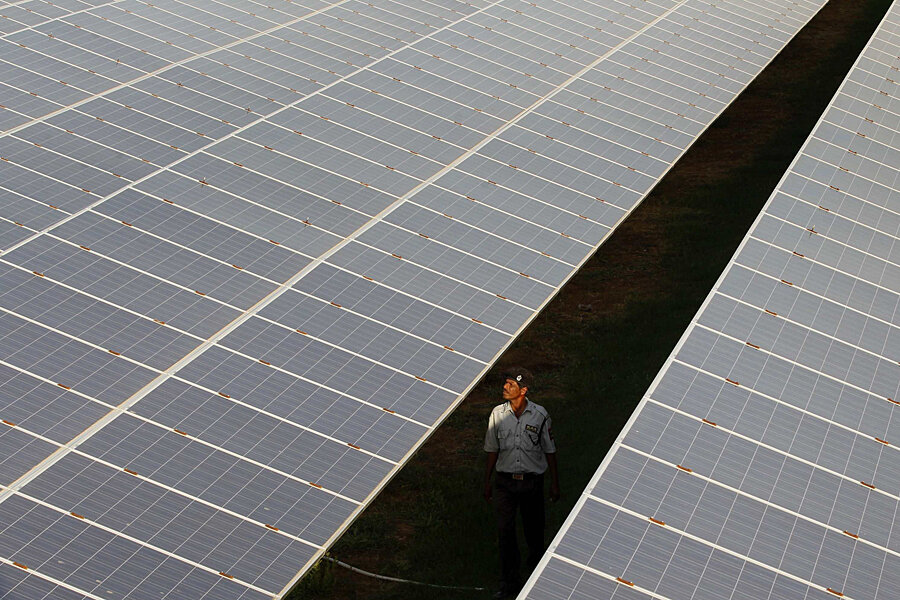Can coal-heavy India become a 'renewable superpower'?
Loading...
In an interview this week with the Guardian newspaper, India’s power and coal minister, Piyush Goyal, claimed that India would become a “renewable superpower” in the next few years.
Before we get too excited about the environmental impacts of that ambitious goal, however, it should be noted that Goyal also envisages a simultaneous huge ramp up in coal-powered electricity production. This illustrates once again that while India sees renewable energy, and solar in particular, as part of the country’s long term energy plan, the country’s priority is an urgent need to expand the electricity supply any way possible.
For this and other reasons, investors should be wary of seeing Goyal’s statement as great news for the major solar power stocks.
India’s renewed commitment to solar power appears significant, and is more than just talk. Plans to impose anti-dumping tariffs on exporters of solar panels and equipment to the country have been dropped following protests from the importers of those products as well as the exporting companies. (Related: Why China Is Leading The World In Solar Power)
The U.S., China, along with Taiwan and Malaysia, have been major suppliers to the Indian solar power industry in the recent past, so the abandonment of punitive tariffs, along with the Indian government’s projected $100 billion investment in renewable energy over the next five years, would appear to be good news for the biggest players from those countries. Appearances, however, can be deceptive.
In the case of the largest U.S. producer of solar panels, First Solar (FSLR), the abandonment of punitive duty on imported solar cells and panels could actually be bad news, as the original proposal by the Modi government was not for a uniform level of duty. As detailed in this Forbes piece, while U.S. and Chinese silicon cells would have seen duties of $0.48 per watt and $0.81 per watt, respectively, First Solar’s thin film panels would have attracted only around $0.11 per watt in punitive tariffs. Obviously, the proposed growth in the market will benefit all suppliers to some extent, but the significant price advantage over Chinese competitors that was expected to accrue to First Solar will no longer exist. (Related: U.S. Warms To Clean Energy)
Nor does that mean that investors should be piling into the major Chinese companies, such as Trina Solar (TSL) or Jinko Solar (JKS). This isn’t the first time we have heard India make a verbal commitment to cleaner energy, nor will it probably be the last, given the pressure that developed nations are placing on them to reduce emissions.
The cost differential between coal-fired electricity and solar power, however, mean that even the best intentioned plans have difficulty getting off the ground in an economy where rapid growth is needed and margins are thin.
Yes, solar power is becoming more affordable and, according to the IEA, could surpass fossil fuels by 2050, but assuming that the news from India will give a short term boost to the stock of FSLR, TSL or JKS would be a mistake.
By Martin Tillier of Oilprice.com
More Top Reads From Oilprice.com:







